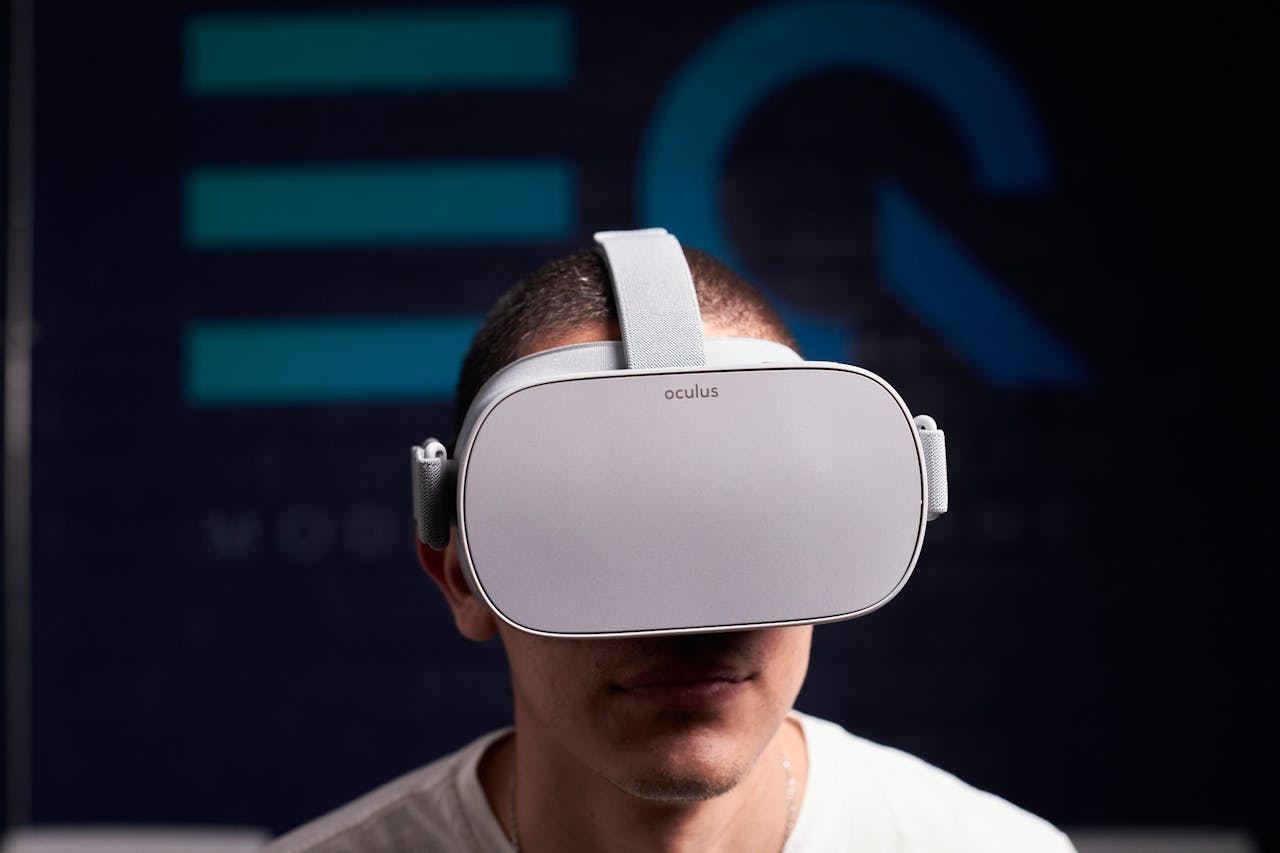Exploring Cutting-Edge Innovations in Virtual Reality Headsets
Virtual reality headsets continue to evolve with advancements in display technology, motion tracking, and immersive interaction. Understanding these trends helps improve user experiences across gaming, professional applications, and virtual collaboration.
Enhance visual realism with high-resolution displays, advanced field-of-view optimizations, and improved refresh rates for seamless immersion.
Leverage wireless VR technology to eliminate cumbersome cables, allowing users to explore virtual environments with greater freedom and mobility.
Optimize motion tracking with AI-powered precision sensors, enabling more natural movement recognition and improved responsiveness in VR applications.
Stay ahead in VR innovation by adopting eye-tracking features, haptic feedback integration, and mixed-reality enhancements, refining immersive experiences across industries.


